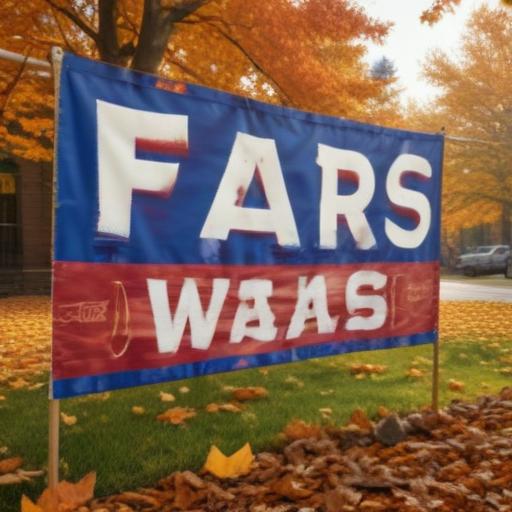Labor Day weekend arrives as students return to classrooms and pumpkin-spice treats pop up on menus, signaling the unofficial end of summer. For many Americans, the three-day break means travel, shopping for deals, and maybe a final dip at the beach or neighborhood pool.
Yet this federal holiday is more than a long weekend. Observed on the first Monday of September, Labor Day honors the hard-won achievements of the American labor movement and the critical contributions workers have made to the country’s prosperity.
This year, hundreds of thousands of people are expected to forgo barbecues in favor of demonstrations against President Donald Trump and his billionaire supporters. Organizers have planned more than a thousand Workers Over Billionaires events across the country around Labor Day and the days surrounding it, signaling a widespread call for a more balanced economy and greater protections for working people.
What to know about Labor Day: when it falls in 2025 and why it exists
In 2025, Labor Day will be observed on Monday, September 1, creating the traditional three-day weekend for many Americans.
The holiday’s origins trace back to the 19th century, a period when workers faced long hours, low wages, and dangerous conditions. As unions and labor activists pressed for better treatment during the Industrial Revolution, the idea took hold to create a day dedicated to honoring workers and the labor movement as a whole.
Two figures are often discussed as potential founders of the holiday. Some records point to Peter J. Maguire, a former secretary of the Central Labor Union in New York, as having proposed the idea in 1882. Others credit Matthew Maguire, then a machinist and later a secretary of the Central Labor Union, with the proposal in the same year. Regardless of who introduced the concept, Labor Day quickly gained traction and was first celebrated by tens of thousands of workers in New York City in 1882.
New York was the first state to recognize Labor Day, and Oregon was the first to pass a law recognizing the holiday in 1887. By 1894, 32 states had adopted the holiday. Labor Day became a federal holiday in 1894 when President Grover Cleveland signed legislation designating the first Monday in September as a holiday for workers, following a wave of labor unrest that included the Pullman Strike in Chicago and the government’s response to it.
Context for today
Beyond the history lesson, Labor Day today sits at the intersection of celebration and political expression. Many Americans use the weekend to honor the contributions of workers and the gains won through organized labor, while others draw attention to ongoing debates about wages, benefits, and corporate power.
A hopeful note
As the summer fades, Labor Day remains a reminder of how far workers have come and how much progress can still be made. It can be seen as an opportunity to reflect on the role of labor in building the economy and to renew commitments to fair wages, safer workplaces, and stronger protections for workers across the country.
Summary
Labor Day 2025 marks the traditional end of summer with travel and celebrations, while also underscoring the holiday’s origins in the 19th-century labor movement and its long path to federal recognition. With demonstrations planned by labor advocates, the weekend highlights both appreciation for workers and the ongoing push for economic equity.
Notes for publication
The holiday is a tribute to workers and a platform for ongoing discussions about labor rights, economic fairness, and the balance of power in modern industry. It also serves as a reminder of the historical milestones that shaped the day we observe each September. A forward-looking, hopeful tone emphasizes progress, resilience, and the continued importance of protecting workers’ rights in today’s economy.
